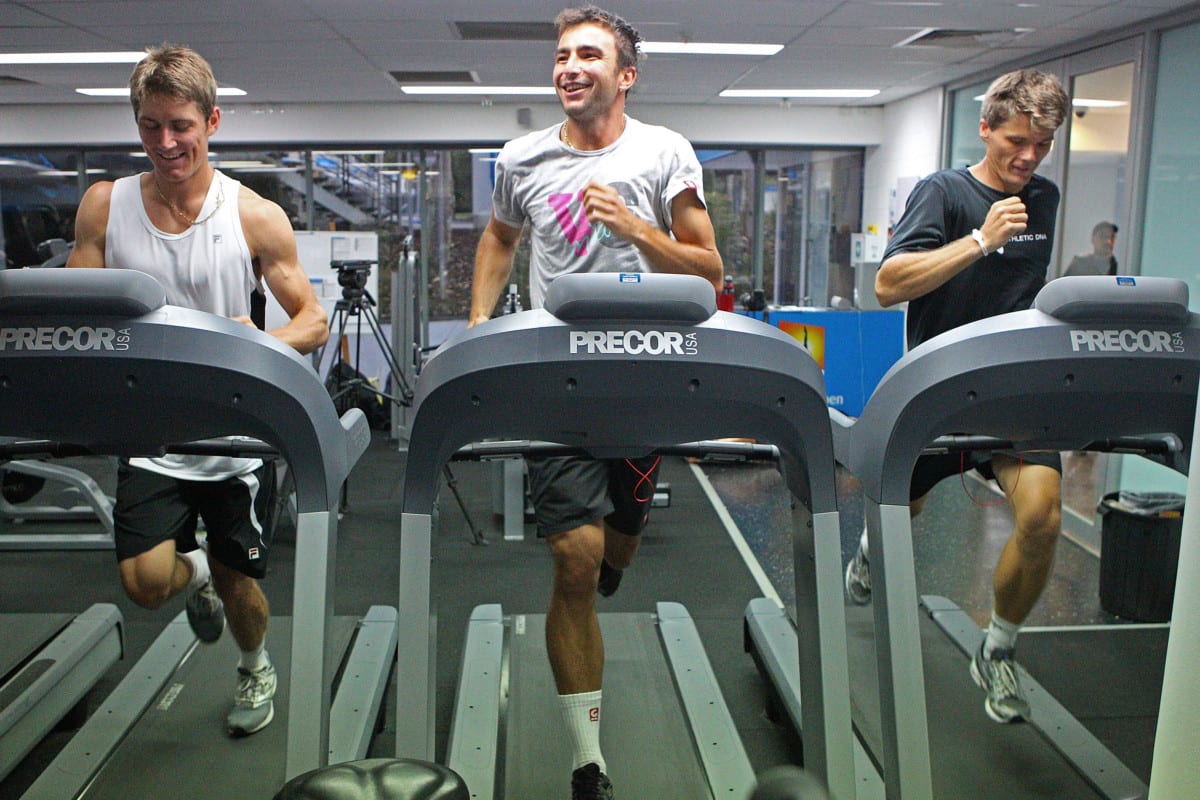One of the principal things which can — quite literally — stop a runner in their tracks is due to the general wear and tear which can be picked up as you count the miles.
Many would-be runners (and especially those looking to begin) can be put off from the activity due to the array of injuries to ankles, knees, toes — or practically every part of your body which is affected by high impact training such as this. This is why you owe it to yourself to go as easy on your body as possible to help prevent the types of niggles which can force you away from the track as you nurse your worn-out body.
However, as noted by Men’s Health, there are some preventative measures you can take to help minimise your time on the sidelines.
The 10% Rule
You’re no doubt familiar with the term ‘too much, too soon’. This applies to running too. You shouldn’t look to increase your distance or time by more than 10% each week to avoid bottle-necking a whole load of new stress to your joints. If you do this slowly, however, it allows your body time to acclimatise to your goals.
Don’t Skip Weight Training
While it is true that most people who are serious about long distance running aren’t particularly interested in bulking up, there are things that you can do in the gym to help prepare your body for the rigours of running. The soleus muscle in your calf, for example, helps you to avoid stress on your achilles. Work on that.
Understand Your Gait
Depending on your unique physical form, you will need to approach running differently to the guy next to you. If you invest in top level running shoes (you should, by the way) most athletic shops worth their salt will have access to a machine which analyses your gait and can prescribe shoes to suit your running style. This is key to avoiding injury.
Don’t Rest Too Much
Rehabbing injuries doesn’t just mean sitting on the couch. While you shouldn’t be putting yourself in situations which could aggravate an injury, if you take a prolonged break from training it can reset some of the more recent gains you have made. Stay on top of it.
The 80:20 Rule
It may seem entirely counter-productive but it is recommended that people train 80% of the time at low intensity and 20% of the time at high intensity — a rule followed many many of the world’s top endurance athletes. So don’t feel bad running at a comfortable pace, so long as you sprinkle in a few sprints here and there.




